When it comes to achieving a clean, efficient cut outdoors, whether you’re pruning trees, trimming lumber, or tackling a tough woodworking project, tooth design is often the unsung hero of performance. While power, speed, and precision all play vital roles, the way a blade’s teeth are shaped, spaced, and angled can dramatically influence how easily it slices through wood.
This is where a high-quality reciprocating saw blades stands apart from standard cutting tools. Designed with intention, every curve, set, and edge of the tooth pattern defines how smoothly you can work, and how long your blade will last.
- 1. The Science Behind a Good Cut
- 2. How Tooth Design Impacts Your Reciprocating Saw Blades Performance
- 3. The Role of Tooth Count and Shape
- 4. Blade Sharpness and Durability Go Hand in Hand
- 5. How Tooth Design Affects Precision Cutting
- 6. The EZARC Difference in Tooth Engineering
- 7. Related Reading: Choosing the Right Blade for Every Task
- 8. Final Thoughts
The Science Behind a Good Cut
If you’ve ever wondered why some blades tear through branches effortlessly while others struggle, the answer lies in tooth geometry. A well-engineered tooth design controls three main factors:
- Cutting speed,
- Chip removal, and
- Material resistance.
EZARC’s Japanese Teeth 6 TPI design was developed specifically to balance aggressiveness with precision. The alternating pattern of deep and shallow gullets helps clear sawdust quickly while maintaining full contact with the material. This prevents clogging, especially useful in damp or resinous wood, a common challenge during outdoor work.
How Tooth Design Impacts Your Reciprocating Saw Blades Performance

Outdoor cutting is rarely uniform. You’re not dealing with milled boards or smooth surfaces, you’re facing irregular grain patterns, knots, and moisture. A pruning saw blade with optimized teeth adapts to these variables by maintaining consistent performance even when conditions change.
Traditional blades often dull fast or jam under these circumstances. But a properly engineered reciprocating saw blades with an aggressive tooth profile continues to bite through wood without slipping or overheating. It also reduces vibration and strain on your tool, improving both accuracy and comfort during longer sessions.
The Role of Tooth Count and Shape
Tooth count (measured in TPI, teeth per inch) determines how fine or coarse a cut will be. Blades with fewer teeth, such as a 6 TPI configuration, remove material faster and are ideal for wood pruning or outdoor trimming. More teeth make finer cuts but require more power and are better suited for dry, clean wood.
EZARC’s 6 TPI design captures the best of both worlds, fast cutting power without compromising control. The arc-edge tooth profile follows the natural curve of your motion, resulting in smoother, cleaner finishes even on tough outdoor jobs.
Blade Sharpness and Durability Go Hand in Hand

One of the biggest challenges in outdoor cutting is maintaining blade sharpness. Exposure to wet or dirty wood can quickly wear down teeth made from lower-grade steel. That’s why investing in durable saw blades pays off over time.
EZARC’s blades are made from premium bi-metal steel, which resists bending and stays sharper longer than conventional carbon blades. This construction ensures that your woodworking tools don’t just perform better, but perform longer, even in challenging outdoor environments.
How Tooth Design Affects Precision Cutting
Precision isn’t just about straight lines; it’s about control. A poor-quality blade can wander, tear fibers, or splinter edges. The advanced tooth design of EZARC’s reciprocating blades minimizes deflection, meaning each stroke stays true to your intended path.
This level of precision cutting becomes especially valuable when working close to trunks or detailed surfaces where accuracy matters most. With optimized teeth geometry, each tooth engages wood efficiently, distributing cutting force evenly and producing cleaner results with less effort.
The EZARC Difference in Tooth Engineering
EZARC’s approach to blade innovation revolves around practical craftsmanship. Every reciprocating saw blades is engineered with feedback from professionals who rely on consistent performance in real conditions, not lab settings.
The Japanese-style teeth with a 6 TPI pattern have become a favorite among arborists, builders, and DIY users alike because they offer the perfect blend of power and refinement. Whether you’re pruning branches, trimming lumber, or cutting firewood, this blade ensures a steady, effortless rhythm that feels natural in hand.
Related Reading: Choosing the Right Blade for Every Task
If you’d like to understand how to select the most suitable blade for each job, check out this helpful guide:
👉 How to Select the Right Sawzall Blade – EZARC Tools Guide
It provides expert insight into matching blade types with specific materials, whether you’re working with wood, metal, or composite surfaces.
Final Thoughts
When you’re cutting outdoors, every detail matters, the temperature, the material, and most importantly, your blade’s tooth design. A well-crafted reciprocating saw blades isn’t just a tool; it’s an extension of your technique.
By understanding how tooth shape, spacing, and sharpness work together, you can cut faster, cleaner, and with far less fatigue. EZARC’s Tree Trimming/Wood Cutting, Japanese Teeth 6 TPI Reciprocating Saw Blades embodies this principle perfectly, turning outdoor challenges into smooth, satisfying cuts every time.
For those who take their work seriously, it’s not just about finishing the job. It’s about doing it with precision, consistency, and confidence, the hallmarks of EZARC engineering.

 Oscillating Multi-Tool Blades
Oscillating Multi-Tool Blades
 Reciprocating Saw Blades
Reciprocating Saw Blades
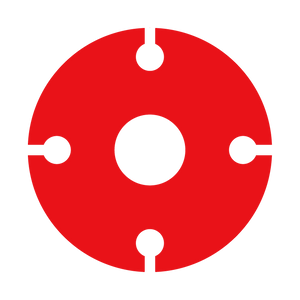 Cutting & Grinding
Cutting & Grinding
 Hole Saw
Hole Saw
 Drilling
Drilling
 Sanding & Polishing
Sanding & Polishing
 Hand Tools
Hand Tools
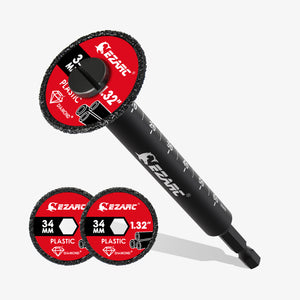 NEW ARRIVALS
NEW ARRIVALS
 Metalworking & Fabrication
Metalworking & Fabrication
 Woodworking & Furniture Making
Woodworking & Furniture Making
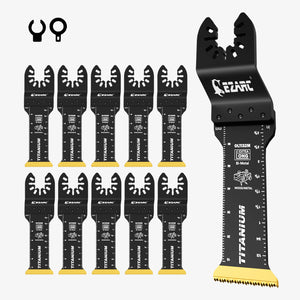 Plumbing & Electrical Installation
Plumbing & Electrical Installation
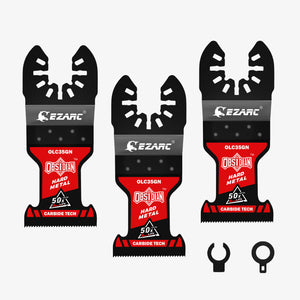 Construction & Renovation
Construction & Renovation
 Window & Door Repair
Window & Door Repair
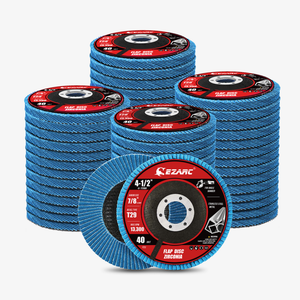 Rust Removal & Surface Cleaning
Rust Removal & Surface Cleaning
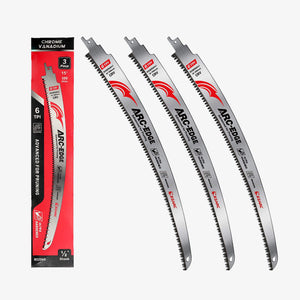 Gardening & Outdoor Projects
Gardening & Outdoor Projects
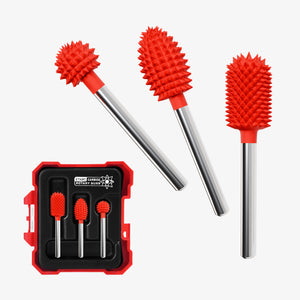 Art & Creative Projects
Art & Creative Projects






















Laisser un commentaire
Ce site est protégé par hCaptcha, et la Politique de confidentialité et les Conditions de service de hCaptcha s’appliquent.